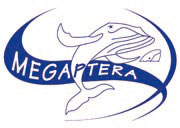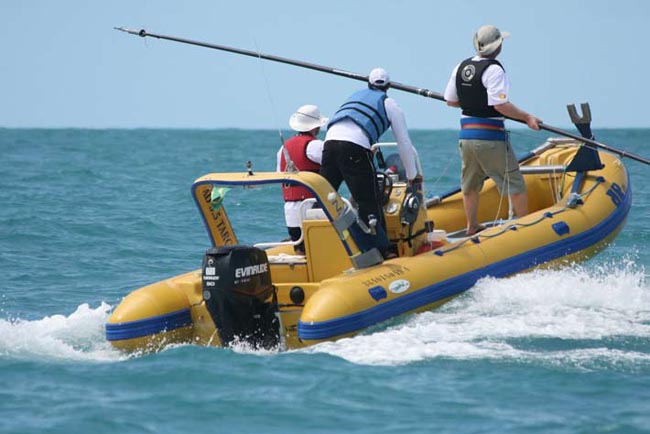 What migratory routes do the humpback whales take? Which waters do they frequent exactly? Do they cross paths with other humpback whales? As stated in the Management Plan, the Nature Reserve, that represents the AGOA Sanctuary in Saint-Martin, is anxious to provide answers to these questions in order to improve the management of the sanctuary. In collaboration with CAR-SPAW and the Saint-Bart Nature Reserve, a 10 day scientific mission baptized “Megara” has been programmed for the end of March 2014 in the waters of Saint-Martin and Nevis. The idea, a first in the Îles du Nord, is to implant Argos marine transmitters into the fatty tissue of several humpback whales in order to follow their journey via satellite and the web. The association Megatera, accustomed to this type of exercise, will be aboard the catamaran chartered for this mission, along with Michel Vély, chairman of Megaptera, several scientists and managers of marine protected areas in the region. The mission also plans to take skin samples of the humpback whales, and sperm whales as well. These samples will determine the sex and origin of each individual. They will be compared by Dr. Per J. Palsboll at the Dutch university of Groningen that has a database of over 8,500 samples collected from animals in the Northern Atlantic. An awareness campaign for scholars is programmed in partnership with Jean- Marie Jespère, the Academy Inspector of National Education in Saint-Martin, and the association «Mon école, ma baleine», Nelly Pélisson.
What migratory routes do the humpback whales take? Which waters do they frequent exactly? Do they cross paths with other humpback whales? As stated in the Management Plan, the Nature Reserve, that represents the AGOA Sanctuary in Saint-Martin, is anxious to provide answers to these questions in order to improve the management of the sanctuary. In collaboration with CAR-SPAW and the Saint-Bart Nature Reserve, a 10 day scientific mission baptized “Megara” has been programmed for the end of March 2014 in the waters of Saint-Martin and Nevis. The idea, a first in the Îles du Nord, is to implant Argos marine transmitters into the fatty tissue of several humpback whales in order to follow their journey via satellite and the web. The association Megatera, accustomed to this type of exercise, will be aboard the catamaran chartered for this mission, along with Michel Vély, chairman of Megaptera, several scientists and managers of marine protected areas in the region. The mission also plans to take skin samples of the humpback whales, and sperm whales as well. These samples will determine the sex and origin of each individual. They will be compared by Dr. Per J. Palsboll at the Dutch university of Groningen that has a database of over 8,500 samples collected from animals in the Northern Atlantic. An awareness campaign for scholars is programmed in partnership with Jean- Marie Jespère, the Academy Inspector of National Education in Saint-Martin, and the association «Mon école, ma baleine», Nelly Pélisson.
Tracking whales to get to know them better
L’association Megaptera participera à l’opération The association Megaptera will participate in the mission
+ infos

















